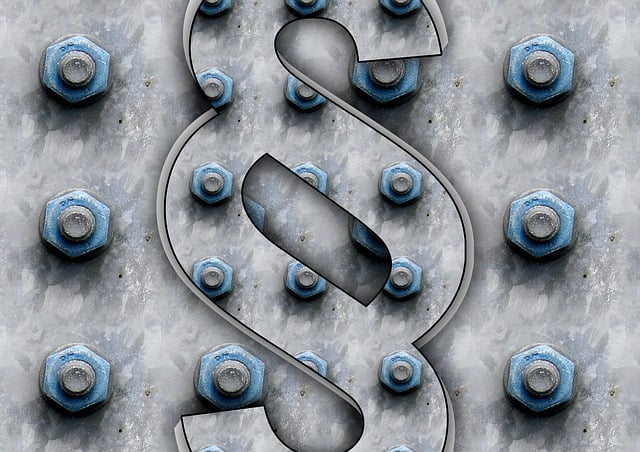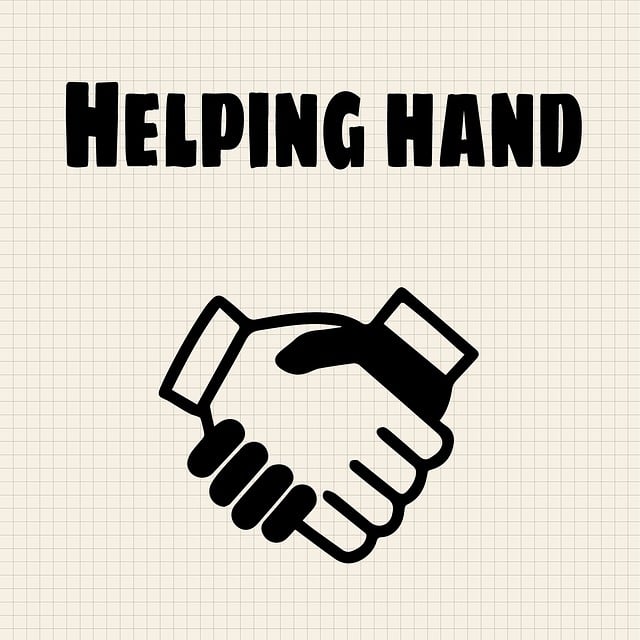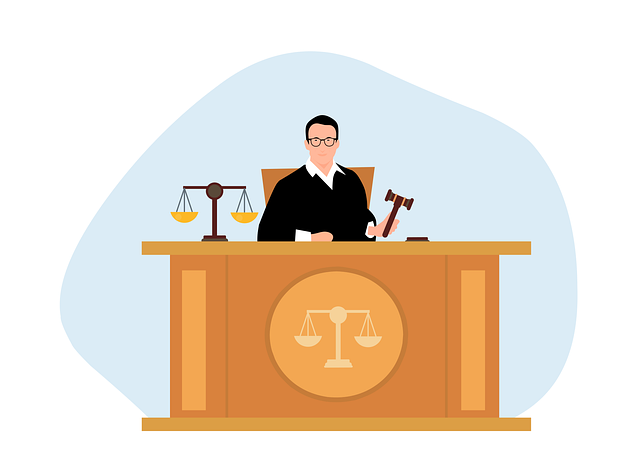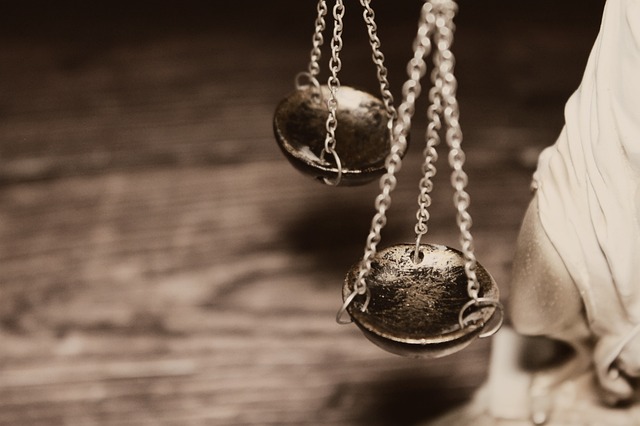Determining wrongful death beneficiaries is a critical step after a fatal incident, with state laws dictating eligibility. Spouses, children, parents, and close dependents are typically eligible, but complex relationships may require legal expertise to navigate. Gathering official documents like marriage certificates and birth records establishes relationships, while witness statements can be crucial in less straightforward cases. Filing a detailed claim with evidence of damages is essential for securing compensation, especially in elder law violation cases. A truck accident attorney specializing in wrongful death cases offers guidance, ensuring eligible parties' rights are protected.
Proving your relationship as a wrongful death beneficiary is a crucial step in pursuing justice and compensation after a loved one’s fatal accident. This article guides you through the process, offering insights on understanding eligibility criteria for wrongful death benefits and the essential elements of proof required.
We’ll explore practical strategies for gathering evidence to establish your connection to the deceased and outline the legal procedures involved in making a claim as a beneficiary. By following these steps, you can navigate this complex process with confidence.
- Understanding Wrongful Death Beneficiaries: Who Qualifies?
- Gathering Evidence to Prove Relationship
- Legal Process for Claiming Benefits as a Wrongful Death Beneficiary
Understanding Wrongful Death Beneficiaries: Who Qualifies?

In the tragic event of a wrongful death, understanding who qualifies as a beneficiary is crucial. Wrongful death beneficiaries are individuals or entities who were financially dependent on the deceased or closely related to them, such as spouses, children, parents, and sometimes even siblings or close relatives. The determination of beneficiaries is based on state laws, which vary in their specifics but generally consider the nature of the relationship between the deceased and the potential beneficiary.
In cases involving complex relationships like employment disputes, caregiver abuse, or other situations where the deceased had multiple connections, it’s essential to have a thorough understanding of these laws. For instance, if a spouse was dependent on the deceased for financial support, they may be considered a primary beneficiary. Conversely, a distant relative with only occasional contact might not qualify as a wrongful death beneficiary. A truck accident attorney specializing in such cases can offer invaluable guidance, ensuring that the rights of all eligible parties are protected and that the process is navigated smoothly.
Gathering Evidence to Prove Relationship

Proving a relationship as a wrongful death beneficiary requires meticulous documentation and evidence gathering. The first step is to compile all relevant legal documents that establish your connection to the deceased, such as marriage certificates, birth certificates, adoption papers, or joint accounts. These official records serve as the foundation for your claim.
In complex cases, especially involving business litigation or real estate disputes, it might be necessary to look beyond traditional documents. For instance, in situations like caregiver abuse where relationships are less straightforward, witnesses and character references can play a pivotal role. Collect statements from individuals who knew both you and the deceased, as they can provide insights into the nature of your relationship. This could include friends, family members, or even professional care providers who interacted with both parties during their lives.
Legal Process for Claiming Benefits as a Wrongful Death Beneficiary

Proving your relationship as a wrongful death beneficiary is a critical step in navigating the legal process and securing compensation after a loved one’s passing due to another party’s negligence or intentional harm. The first step involves gathering substantial evidence that establishes your connection to the deceased, such as birth certificates, marriage licenses, joint financial records, and other legal documents. It’s essential to have these documents readily available and organized to streamline the claim process.
Once you’ve compiled relevant proof of relationship, the next phase is to file a wrongful death claim with the appropriate court or administrative body. This usually involves submitting a detailed petition outlining the circumstances leading to the individual’s death, identifying the at-fault party, and providing evidence of damages incurred by the beneficiaries, including medical expenses, loss of support, and emotional distress. In cases involving nursing home neglect or elder law violations, specialized legal knowledge may be required to ensure all applicable laws and regulations are considered during the claim process.
Proving your relationship as a wrongful death beneficiary is a critical step in securing compensation after a loved one’s fatal accident. By understanding the qualifications, gathering substantial evidence, and navigating the legal process, you can ensure your rights are protected. Remember, the impact of losing a family member unexpectedly is profound, and recognizing who qualifies as a beneficiary is essential to accessing support during this difficult time.






